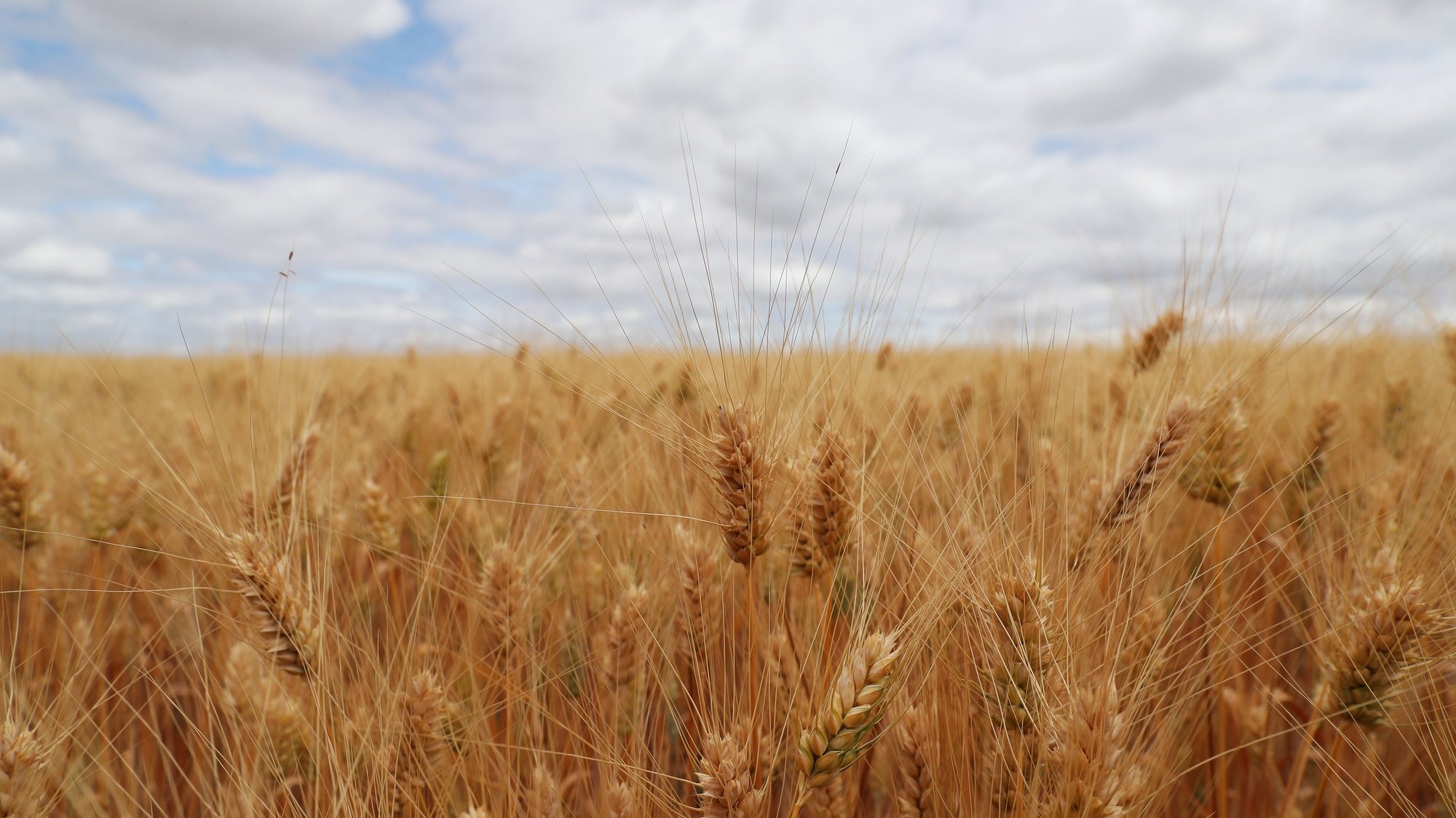Cereal production in the north of the Tagus valley this year has a reduction of 10% to 15% compared to 2021, with “much less impact” than in other regions, such as Alentejo, said a source of producers.
The general director of Agrotejo — União Agrícola do Norte do Vale do Tejo (which covers a region that goes from Abrantes to Alpiarça, including the municipalities of Golegã, Chamusca, Torres Novas, Santarém, Entroncamento and Vila Nova da Barquinha) — affirmed that in autumn/winter crops, whose harvests are about to end, registered a decrease, although “not very significant”, when compared to what happened in other areas of the country.
Mário Antunes told Lusa that the expected reduction in these crops, especially wheat and barley, of around 10% to 15% compared to last year, is identical to the drop estimated for spring/summer crops (vegetables, fruits , corn), with the exception that 2021 “was an exceptional year” in almost all of these cultures.
The head of the organization, which has more than 1,000 members (including producers and collective organizations), stressed that the impacts of the drought “are not the same everywhere”, even in the region covered by Agrotejo, which includes alluvial areas, neighborhood and heathland, and benefited from the fact that the rain, although scarce, occurred “at the right times”.
At a time when the installation of autumn/winter crops is drawing near, Mário Antunes affirmed that the main concern is the “significant increase in production costs”specifically in fertilizers and energy.
On the other hand, he pointed out the “volatility that exists in the markets”, with “daily fluctuations in prices, depending on whether or not there is good or bad news about grain from Ukraine or the market.”
“Here there may be some risk for many plots, due to the increase in cost that they had and the reduction in production that they could have, with a decline in market prices, due to falling below the waterline”, he stated.
According to the president, “an old struggle of production” is to make price increases or decreases happen “throughout the chain and not just to the farmer”, a task that “has not yet been done.”
What happens is that, when things go wrong, it is the farmer who is stopped and that is not good, because many farms, if they do not have a line of sustainability, then when they go into bankruptcy it is no longer easy to recover “, declared. .
Asked about the existence, or not, of speculation in the prices charged to consumers, Mário Antunes limited himself to affirming that, when he goes to the markets in the region, he finds vegetables that leave the field for 10 cents to be sold “for four five times that value.
“It worries me because, as part of the producer organizations, I am absolutely sure that this margin does not remain in the organizations either. I didn’t want to call it speculation, but maybe that’s the name we should give it. […]. The logistics and fuel excuse [não será] enough for this huge price difference,” he said.
For the official, the productive capacity of the region is explained by the fertility of the soil, but also by the commitment that farmers and their organizations, such as Agrotejo and Agromais, have made in the last 10/15 years to increase efficiency and productivity. rationality. use of natural resources, namely water.
The reduction in water consumption per ton produced has been demonstrable year after year and this reduction is closely associated with the use of new technologies, which include, in addition to the humidity monitoring probe, irrigation according to real crop needs, the use of computer platforms with satellite images, with the response of cultures”, he explained.
Technology, he added, has been fundamental so that, despite the difficulties, the average production has increased in recent years: “We admit that it may have been around 15%/20%, and that always with greater efficiency in the use of natural resources. ”
Producers in the region have also been commitment to solar energy productionsaid the representative, lamenting the difficulties they face in obtaining licenses, since there is no differentiation between small and large productions.
“There must be a clear differentiation and there must be a focus on simplifying the licensing of these small units”, as well as access to community funds, he defended.
Source: Observadora
